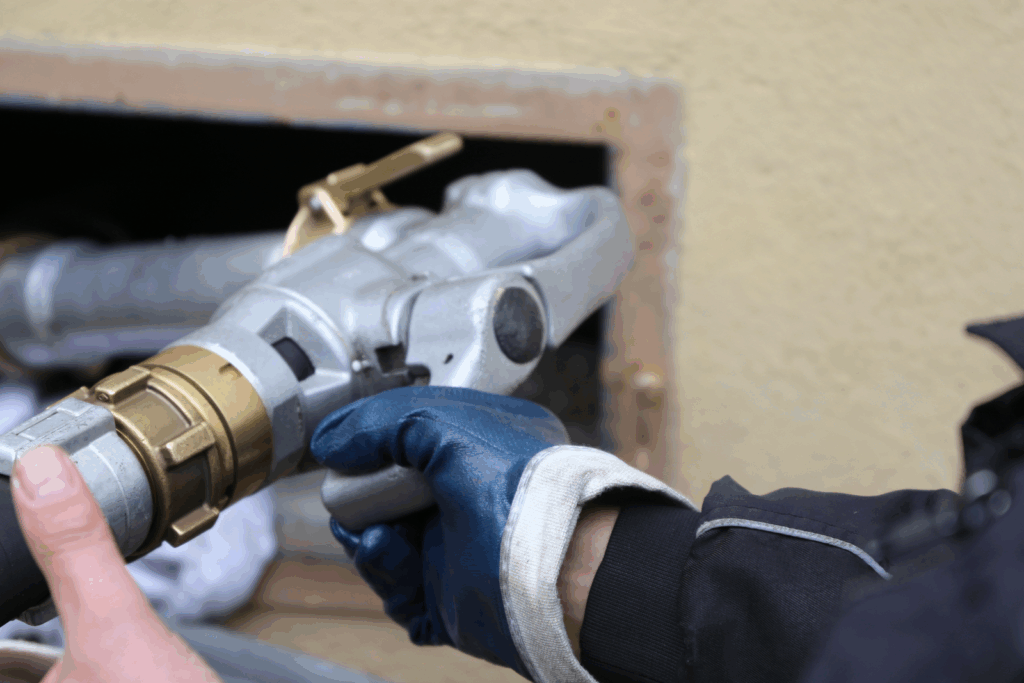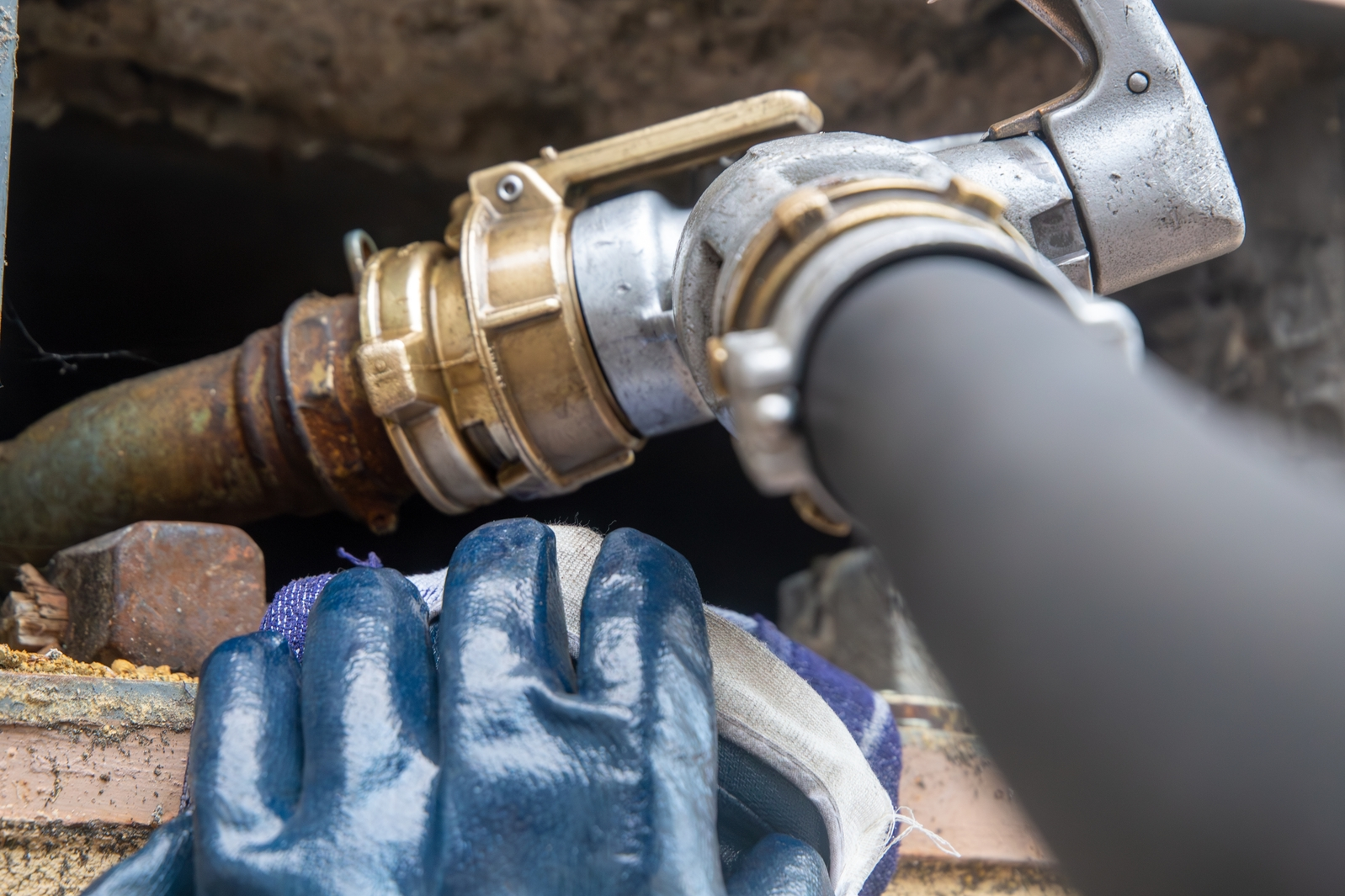Understanding how to transfer heating oil from one tank to another safely is essential to preventing accidents and hazards. Although it doesn’t happen regularly, there are occasions when you may need to transfer your heating oil, so it’s important to understand the process.
Let’s outline the key reasons for transferring heating oil from one tank to another. We’ll provide a step-by-step guide on how to do it safely and efficiently. We’ll also include some safety tips and highlight why it is important to consider hiring a professional.
Why you might need to move heating oil from one tank to another
Transferring heating oil is probably a task you want to try to avoid, but there are a few situations when it does make sense. These are:
- Tank replacement: Every tank has a lifespan. Typically, an oil tank will last 10-20 years, but it depends on the amount of maintenance, the type of tank, and external factors such as weather conditions.
- Relocation: You might need to move the tank to a safer or more convenient location.
- Property sale: Moving heating oil from one tank to another is worth preparing for if you are thinking about moving homes or your business is relocating.
- System upgrade: You might be changing from a smaller tank to a larger tank for various reasons.
- Emergency problems: Perhaps your tank has a leak or is showing signs of wear and tear.
Consider calling a professional for an oil transfer
While many homeowners and businesses will feel comfortable moving heating oil from one tank to another, we highly recommend you consider using a professional. This will make the process safer, easier, and potentially quicker.
The tank might be in a difficult-to-reach position, and the professional will have the necessary equipment to safely remove the oil if a difficult situation arises. In some commercial cases, you might need to transfer hundreds of litres of oil.
In the UK, environmental regulations around oil storage are strict, particularly for larger domestic tanks or commercial systems. A registered OFTEC technician will not only handle the fuel carefully but also ensure that the work complies with current standards, reducing the risk of fines or environmental damage. We recommend using an OFTEC technician to carry out the job.
How to transfer heating oil from one tank to another
The key to heating oil transfer is in the preparation. The new tank must be properly installed on a solid base, with enough clearance for hoses and fittings. It needs to be stable and accessible. There are several regulations to keep an eye out for when fitting an oil tank.

It’s vital to have the right equipment. You’ll find this helpful for carrying out the task, but it also serves a safety aspect. Spills and the subsequent contamination must be avoided. You will also need to ensure your safety by wearing personal protective equipment (PPE).
A heating oil transfer pump is essential; these can be manual hand pumps for small amounts or more powerful electric pumps for larger volumes. Make sure you have secure hoses, pipes, and the appropriate fittings. PPE should include gloves and goggles. Keep a spill kit nearby to deal with any spills immediately.
Step-by-step guide for moving heating oil from one tank to another
- The principle: Understanding how transferring heating oil from one tank to another works is important. Your transfer pump works by creating either a vacuum or positive pressure to move the heating oil. It typically has an electric motor that pushes it through an outlet or hose.
- Choosing an electric or manual pump: If you have a small amount of heating oil to transfer, then you can probably get away with using a manual pump. For medium to large quantities, it’s best to use an electric pump. These can run off car batteries if you are moving heating oil from one tank to another in a remote location.
- Placing the pump: At one end of the pump, there is a filter. This prevents debris and dirt from going through. Place the filter end into the oil tank until it reaches the bottom of the tank. The trigger should be placed into your new oil tank.
- Starting the transfer: Press the button on the pump to start transferring your heating oil. You may need to elevate the tank at one end when it starts to run low so that all oil flows towards the filter.
How to transfer heating oil from one tank to another if the tanks are far apart?
If your new tank is too far away from the original tank, you will have to perform a double transfer. This means syphoning the heating oil from your old tank into a drum. Remember – transport the oil very carefully!
Now that you know how to transfer heating oil from one tank to another, you might be ready to buy a second or a new tank. We have a range of heating oil tanks available on our online store. If you need any advice on choosing the right oil tank for you, our friendly team is on hand and ready to help. Just get in touch.

